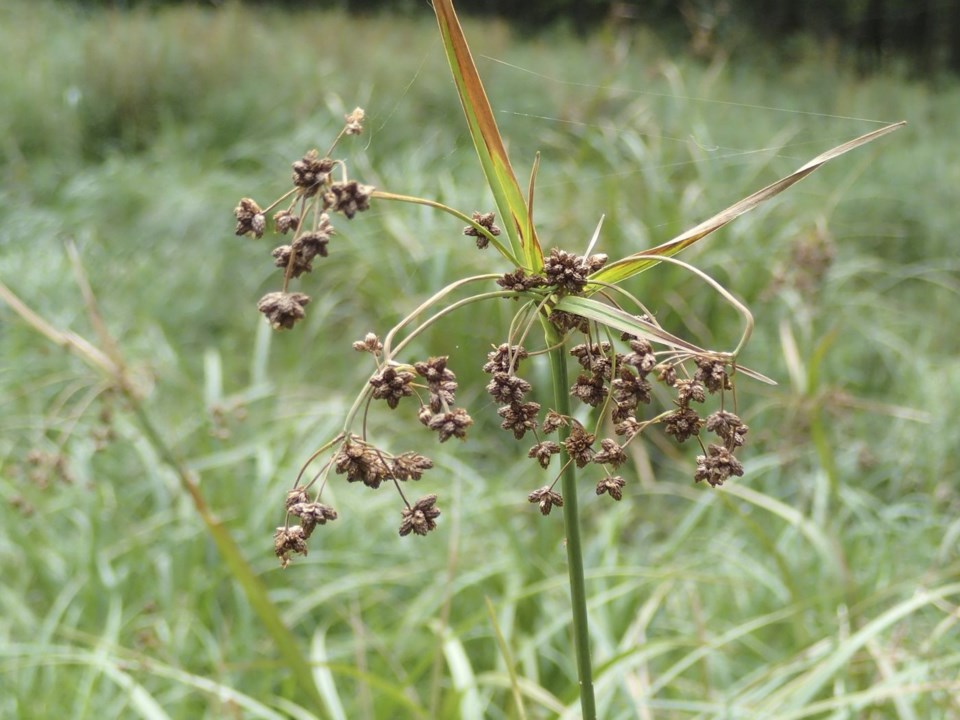BOSTON (AP) — The federal wildlife service on Tuesday proposed that a wetland plant once in danger of going extinct be taken off the endangered species list due to its successful recovery.
The U.S. Fish and Wildlife Service is asking that the northeastern bulrush be delisted. The plant is a leafy perennial herb with a cluster of flowers found in the Northeast from Vermont to Virginia. The federal service's proposal opens a 60 day comment period.
The plant was listed as endangered in 1991 when there were only 13 known populations left in seven states. It now has 148 populations in eight states, often in vernal pools, swamps and small wetlands.
“Our important partnerships with state agencies, conservation organizations and academic researchers have helped us better understand and conserve northeastern bulrush through long-term population monitoring, habitat conservation, and increased surveys in prime habitat areas,” said Wendi Weber, northeast regional director for the U.S. Fish and Wildlife Service.
Detailed surveys of the plant's unique behavior have aided the recovery effort. The bulrush can disappear for years and reemerge when conditions are right.
Several states also worked to reduce invasive species that encroach on wetlands and protect land where the bulrush is found. Vermont, for example, has purchased two parcels for the bulrush.
In 2014, a coalition of soil and water conservation groups and a wetlands organization launched a successful pilot program to establish a new northeastern bulrush population in New York.
The Associated Press




